
'Eshu' was McQueen`s first collection to be shown in Paris (instead of London).
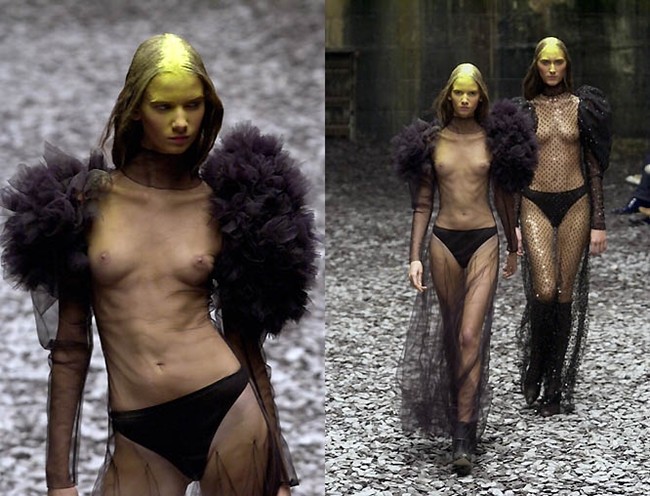
It is inspired by the (pre-colonial) Yoruba people of West Africa and their mythology.
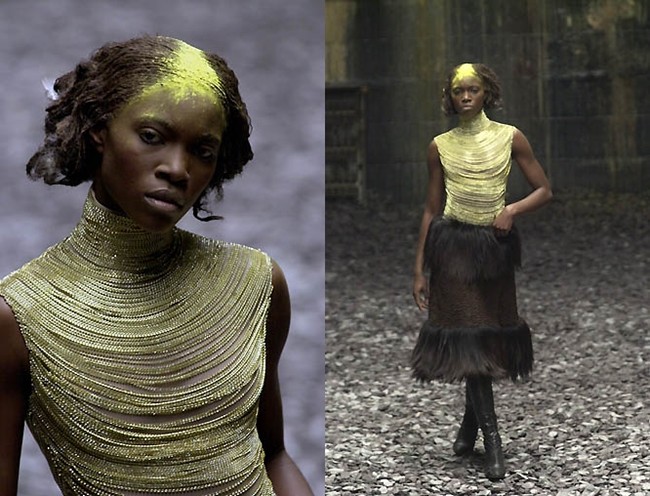
The oral history of the Yoruba describes an origin myth, which tells of God lowering a chain at Ile-Ife, down which came Oduduwa, the ancestor of all people, bringing with him a cock, some earth, and a palm kernel. The earth was thrown into the water, the cocked scratched it to become land, and the kernel grew into a tree with sixteen limbs, representing the original sixteen kingdoms.
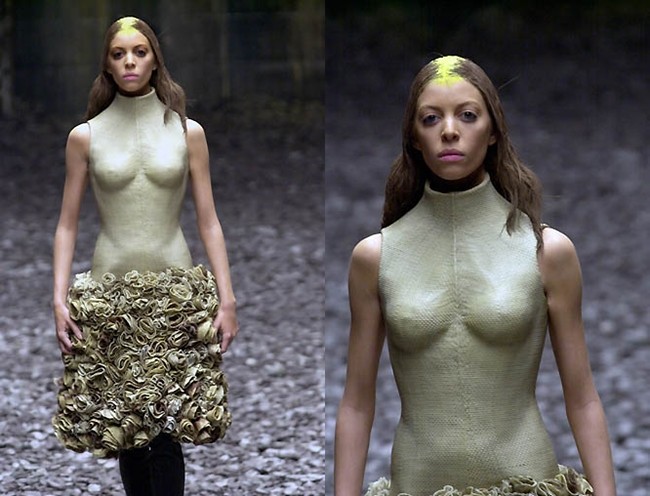
The Yoruba claim that they have 401 deities; in truth, there are more than these. The complexity of their cosmology has led Western scholars to compare them to the Ancient Greeks and their impressive pantheon.
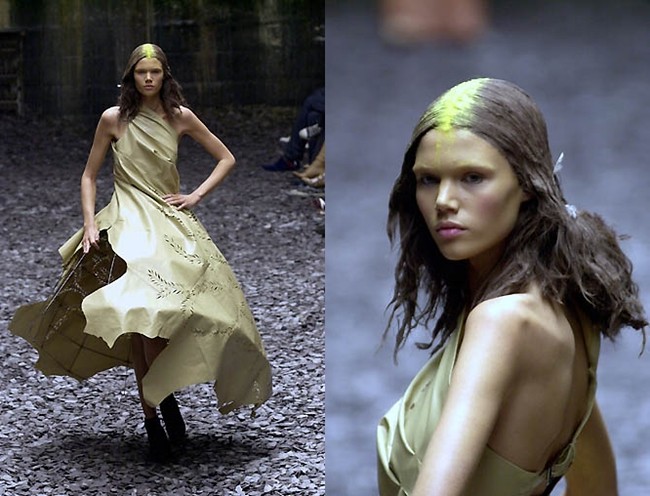
Yoruba deities are known as orisha, and the high god is Olorun. No organized priesthoods or shrines exist in honor of Olorun, but his spirit is invoked to ask for blessings and to confer thanks.
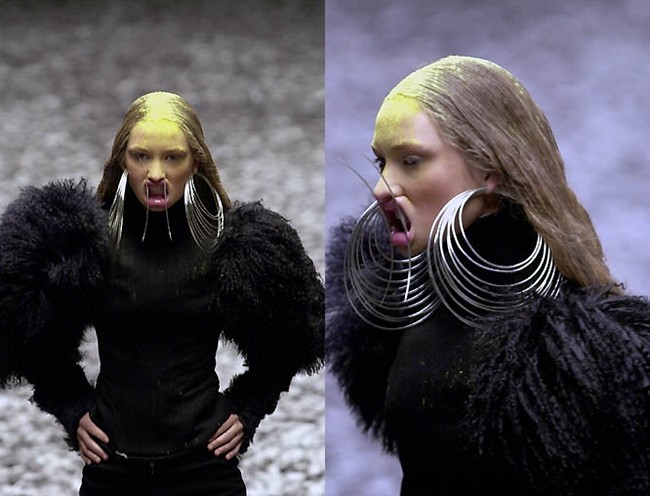
Early clothing in Africa was made from treated animal hides, furs, and feathers.
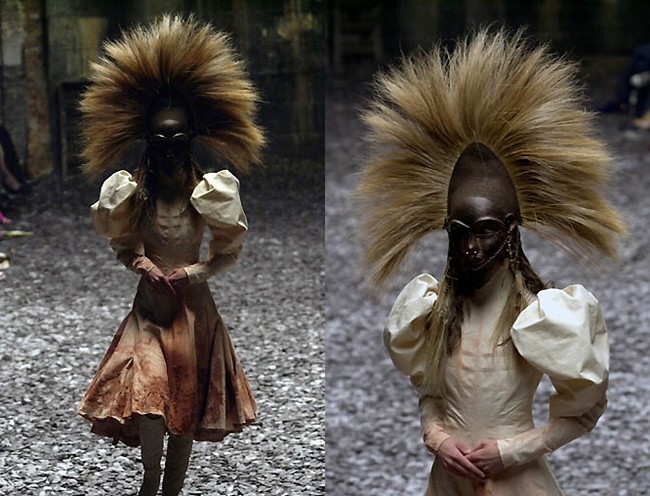
The bodily decorations consisted of heavy steel and wooden bangles, pierced septa and lips, pubic aprons, and traditional Yoruba tattoo scarring called Kolo, all representing the body modification aesthetic of the Yoruba belief that scarification is pure and natural.
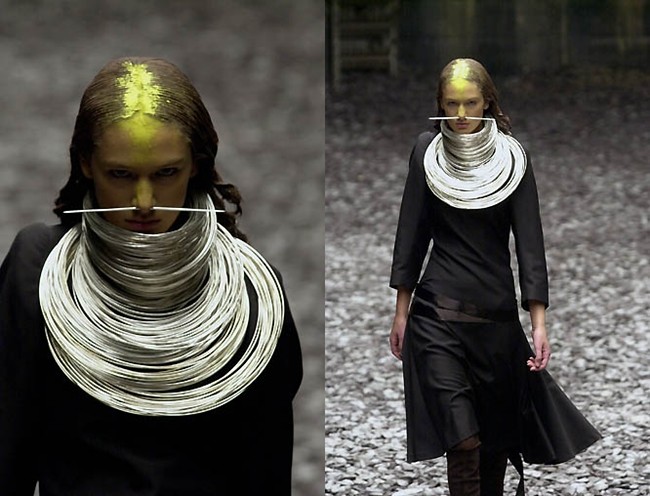
Powder glass beads the color of the concrete rendering cascaded mud-spattered, transparent tunic dresses while the trickster Eshu deity was depicted in the form of carved horsehair headpieces.
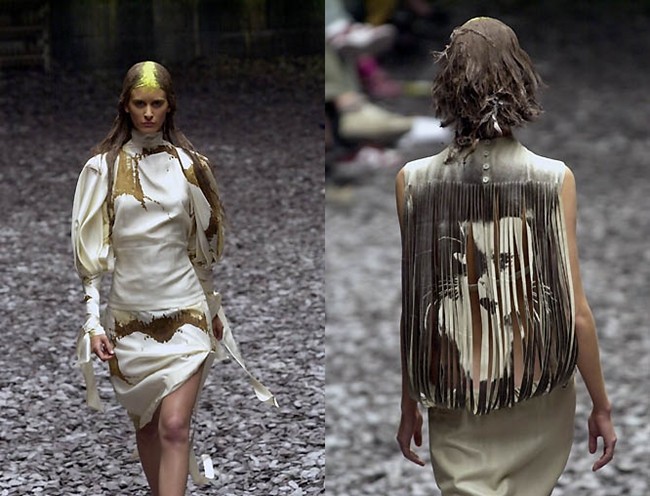
Yoruba masks are worn by a traditional healer to drive evil spirits from the possessed person. The arts of the Yoruba are numerous in form, Beautifully sculptured and or carved art pieces are placed on shrines to honor the gods and the ancestors. Varied masking traditions have resulted in a great diversity of mask forms.
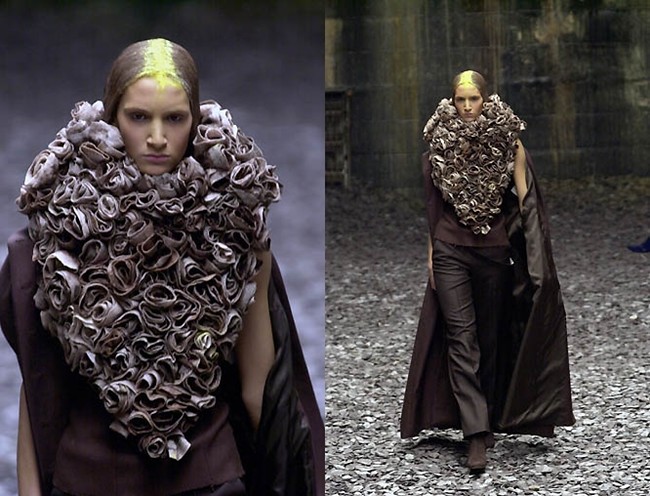
African mask bearers appearing at funerals are believed to embody the spirit of the deceased person. These maskers have the power to communicate with the deceased, Yoruba people strongly believe that when they die, they enter the realm of the ancestors or spirit world from where they have influence and power on earth.
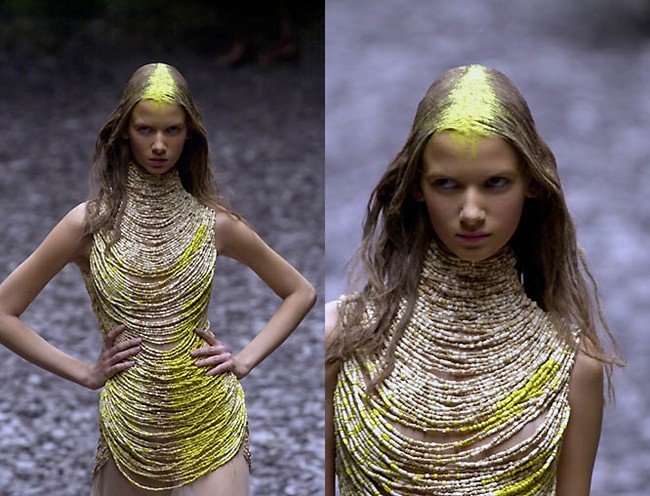
Some tribes have a superstitious fear of gold and will not wear it. Silver has thus taken its place. Silver jewelry has both symbolic and real value, serving also as savings and for (foreign) exchange.
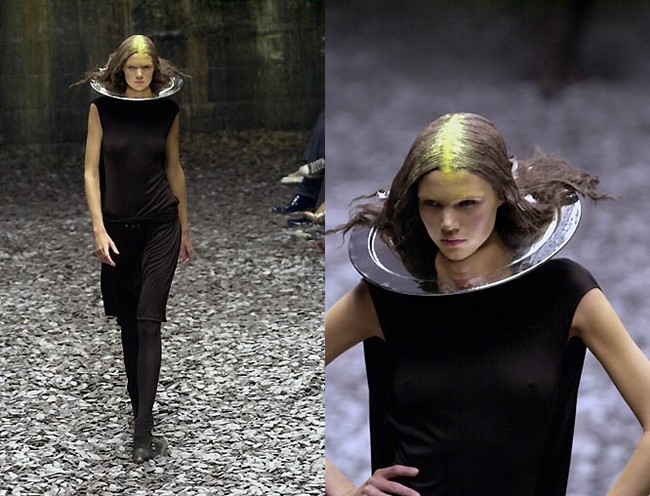
Many African societies weave cloth from locally grown cotton. Other sources of fiber include the raffia palm in Central and West Africa, jute and flax in West Africa and Madagascar, and silk in Nigeria, Madagascar, and East Africa. All these fibers can be dyed using vegetable and mineral dyes.
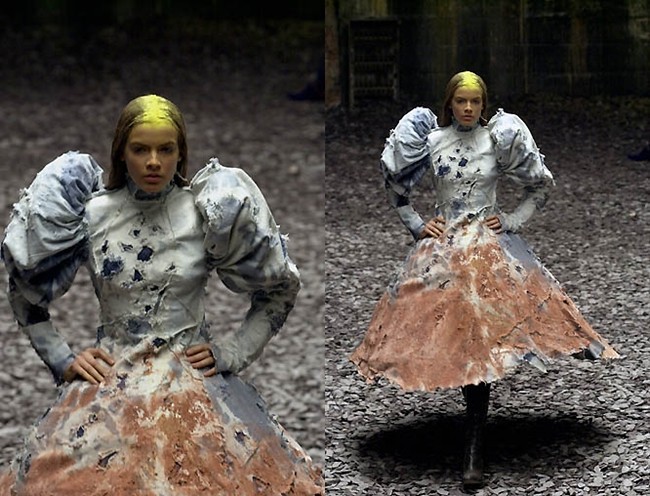
Yoruba women cloth makers, known as aladire, use resist dye methods to make adire eleso. They use cassava paste to paint or stencil repeated abstractions of animals and plants onto the cloth.
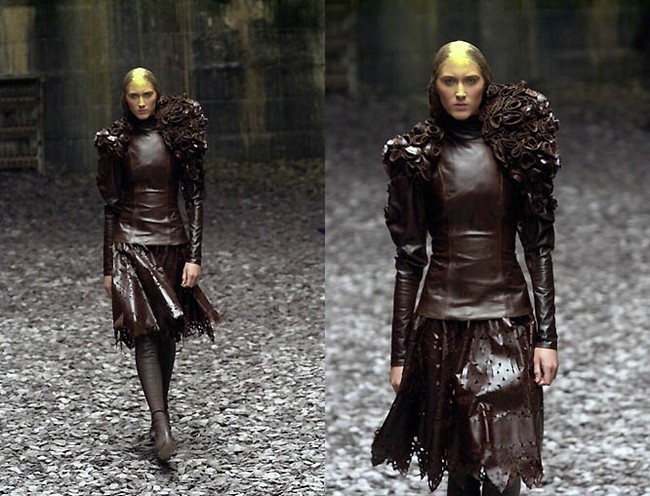
Beaded African jewelry has its own language and much can be derived about history, culture and status. In southern and eastern Africa, most inhabitants can wear beaded refinement but in Yoruba culture it is confined to rulers.
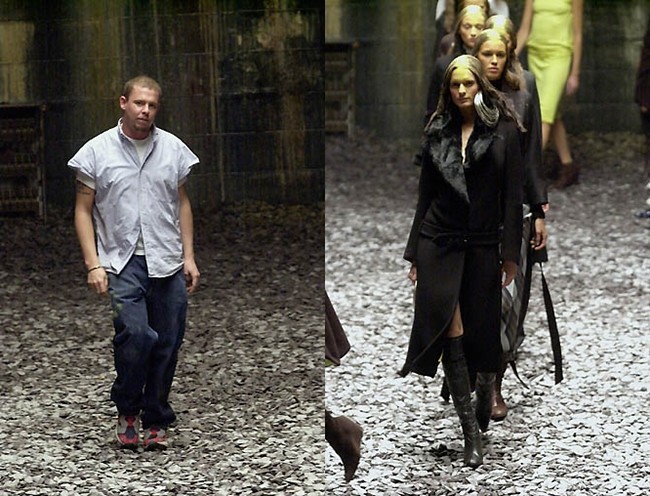
Sources of information: 1 2 3 4 5
Which look is your favourite?
What do you generally think about strong ethnic influences into fashion?
Where does our fascination for so-called 'primitive' cultures derive from? Is it a reflection of our desire for spirituality or a "more simple life"?
